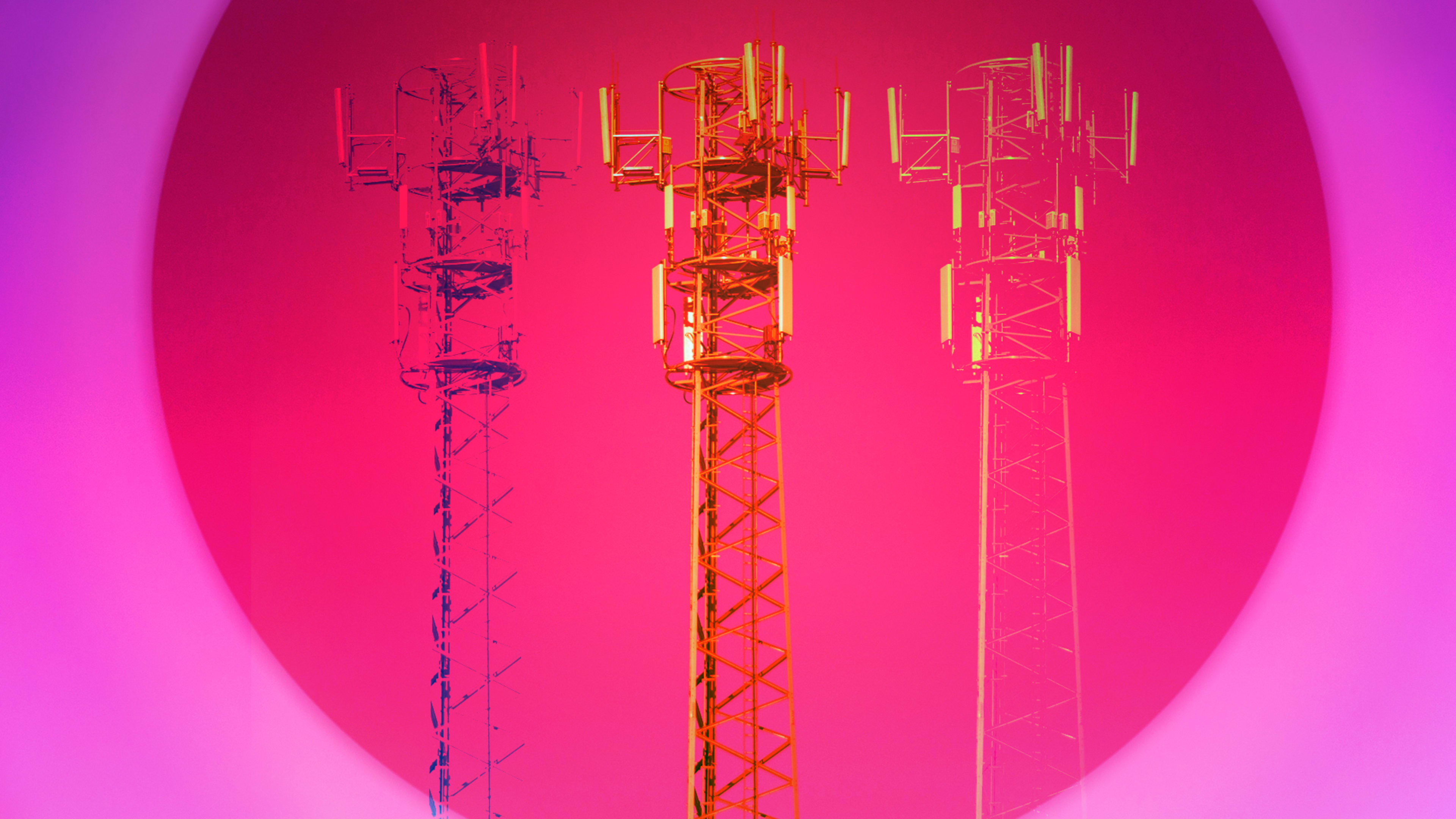The U.S. wireless market looks set to shrink from a quartet to a trio with Tuesday’s blessing by a federal judge of the union of Sprint and T-Mobile.
T-Mobile, the company behind this $26 billion deal and the one whose brand will survive while Sprint’s goes the way of such wireless-trivia-contest answers as Cingular and Nextel, has been touting a future of faster 5G, wider coverage and lower prices.
The transaction that U.S. District Judge Victor Marrero endorsed in a lengthy ruling is even meant to respawn a fourth nationwide carrier as Dish Network builds a new 5G network on Sprint’s old bones.
Will we get all those things? Take off T-Mobile’s magenta-colored glasses, and the 5G forecast looks clearer than everything else.
The 5G math here involves adding overlapping services: Sprint’s far-reaching, fast and underused mid-band 5G wireless spectrum plus T-Mobile’s wider network, which today mainly offers 5G on low-frequency spectrum with little capacity and little added speed.
“It’s enormous upside,” said Techsponential analyst Avi Greengart. “T-Mobile should be able to expand its 5G network quickly.”
Instead of choosing between Sprint 5G that exceeds 100 megabits per second but only reaches a fraction of its LTE coverage and T-Mobile 5G that’s maybe 25% faster but available almost everywhere, you’d get both the speed and the coverage.
AT&T and Verizon, meanwhile, leaned early on millimeter-wave 5G that can offer gigabit speeds but often can’t reach more than several hundred feet. (Disclosure: I’ve written for Yahoo Finance, one of Verizon’s media properties.)
5G at home
Along with its appeal for phones and other mobile devices, 5G has the potential to a practical choice for home internet service, giving consumers an alternative to Big Cable. But it’s uncertain that New T-Mobile would let you use its 5G for home connectivity without data caps—or would at least let you fire cable giants like Comcast, which already imposes caps.
“I would expect they might have a soft cap in place to protect performance on the network for everyone,” says Strategy Analytics analyst Susan Welsh de Grimaldo. Fr example, T-Mobile could impose slower speeds after a certain threshold of data use.
Avi Greengart, TechsponentialThose deals weren’t all that popular, because people didn’t want to be on Sprint.”
Rural areas may get the least benefit from this merger. “Many of our rural areas that we’re trying to bring broadband to don’t have 1x, never mind 3G,” said Peggy Schaffer, executive director of Maine’s ConnectME Authority.
She and other speakers at a rural-broadband conference in Washington Tuesday voiced more optimism about broadband via low-orbit satellites from OneWeb and SpaceX’s Starlink.
The picture for choice in smartphone service is also fuzzy. Opponents of this deal have long predicted collusion replacing competition, with T-Mobile no longer feeling pressure from Sprint’s cheaper pricing.
“This is disappointing,” said Federal Communications Commission commissioner Jessica Rosenworcel in a statement Tuesday. “I am concerned that antitrust enforcement is not working for consumers.”
An offer you could refuse
Sprint’s recent history shows that bargains don’t necessarily make customers happy or keep a carrier healthy. The company had to undercut competitors because its network didn’t measure up, as seen in multiple third-party tests. It lost 115,000 of 34 million subscribers in its most recent fiscal quarter.
“Those deals weren’t all that popular, because people didn’t want to be on Sprint,” says Greengart. “I do believe that this deal overall is good for competition, because Sprint was a dead carrier walking.”
Greengart says he expects New T-Mobile to “be quite aggressive” with offers for the next few years—but also warned people who latched on to Sprint’s best discounts to expect to lose them.
More competition may come from cable operators such as Comcast and Altice, which resell major carriers’ networks but shift customer traffic to their own Wi-Fi hotspots when possible. But, de Grimaldo added, “The U.S. is still quite high globally in terms of how much you pay for data.”
The Dish Network end of the deal—in which that satellite-TV firm pledges to stand up a 5G network that covers 70% of the U.S. population by June 2023–looks sketchiest of all, not least because Dish has spent years hoarding wireless spectrum without putting it into service.
“It is hard work and it takes time to build out networks,” says de Grimaldo—even factoring in the efficiencies Dish may find by building from scratch.
In the long run, Moore predicts that Dish will face odds not much better than Sprint’s: “This will be like a high school football team playing against the Kansas City Chiefs.”
And that, in turn, might lead us to yet another wireless merger. “There is an excellent chance that a cable company or a consortium of cable companies will purchase Dish’s nascent network,” says Moore. Bottom line: A wireless-industry consolidation sold as bringing competition to Big Cable could lead to Big Cable owning a chunk of the wireless industry.
Recognize your brand’s excellence by applying to this year’s Brands That Matter Awards before the early-rate deadline, May 3.
